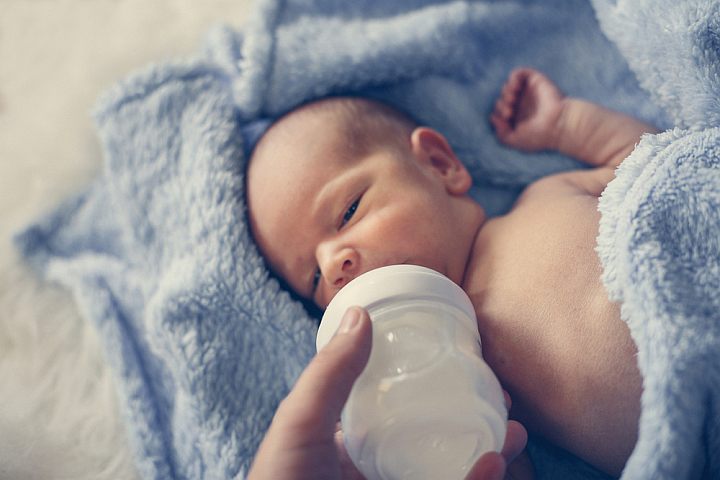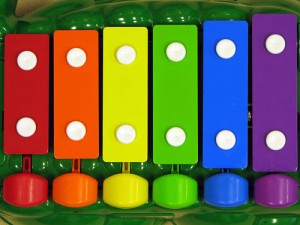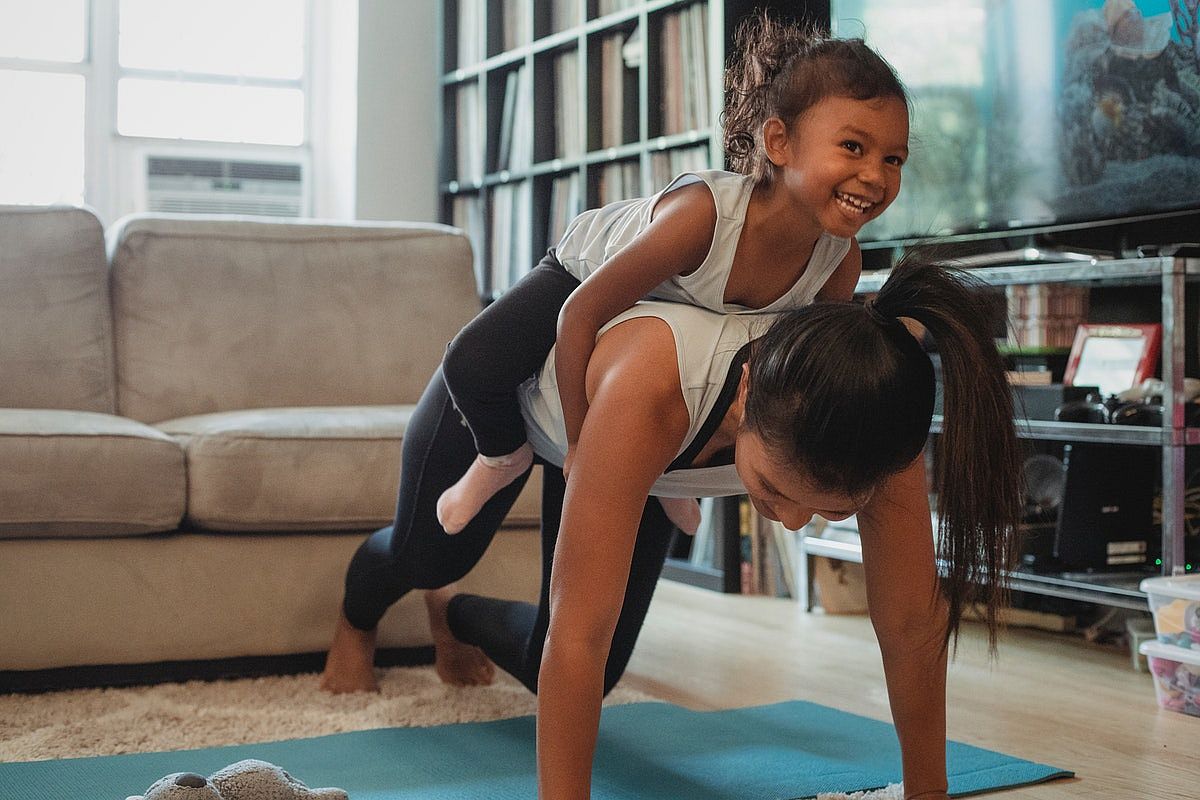When your baby comes to this world, naturally you only want the best for him or her. Commercial newborn formula is a safe alternative to breastmilk and contains all the supplements a newborn needs. Most formulas are made from cow’s milk and modified to suit a baby’s nutritional needs. They have added vitamins, minerals, and fats that a baby requires to grow. Rest assured, any commercial brand you purchase in Australia will be safe for use as it needs to follow the Food Standard Code.

Besides making sure you provide the best food for your infant, you also want to make sure to provide the best feeding experience. You should read up on the best positions for feeding, how to improve bonding with your baby when bottle feeding, and how to care for bottles and prepare them accordingly.
Continue reading to learn more about the basics of bottle feeding a newborn baby with formula.
Arm Yourself With Patience
There is no formula for success when it comes to babies and bottles. Some will accept it easily and others might take time. Keep trying and experiment with different positions and/or bottle manufacturers if the baby complains while eating. Make sure to attempt the same thing a few times before giving up as it might just be a matter of adjusting.
Feeding Position
Both the parent and the baby need to be comfortable. Cuddle the baby close to you and make sure to hold the baby firmly, but tenderly at the same time. Position the baby at a slight incline so the air can rise to the top and the baby can burp more easily.
Babies are born with a suckling reflex and if you put the nipple against the lips baby will open the mouth and start sucking. When bottle feeding with formula, you should be able to notice the bottom jaw moving up and down at a steady pace. When given the bottle, the baby will initially suckle fast and move to a slow and steady pace. Avoid propping a bottle since it can cause the baby to choke.
Avoid Feeding In Bed
There are a few risks associated with feeding in bed. The first and most important one is the choking risk as the baby is used to falling asleep in bed and can draw the formula in the lungs. Furthermore, the baby can become dependent on a formula to fall asleep if she gets used to feeding in bed and then falling right asleep. Additionally, in a lying position, there is the risk of milk slowly dripping into the baby’s ears leading to ear infections.
Observe Carefully
Parents should pay attention to excessive noise like too many suckling sounds as it can mean that the baby is taking in too much air. Most bottles are made to avoid this problem, but it can still happen. Hold the baby at a 45-degree angle to prevent this from happening. In addition, try tilting the bottle to assure the nipple and the bottle are always filled with formula. Finally, once the baby has stopped suckling remove the bottle and try burping. It’s a good idea to attempt burping once half of the formula has been eaten and then offering the rest to the baby to finish.
Amount Of Formula
There is no specified amount of formula or number of feeds that a baby needs to have. Usually, formula-fed babies have 6-8 feeds per day as they are full for longer periods of time. The best advice is to feed your baby when he/she shows signs of hunger and let them eat for as long as they want. Avoid sticking to a rigid schedule as this may lead to your baby receiving too much or too little formula. Babies can, similarly to adults, be hungry at different times of the day for different amounts of food, therefore observe and react promptly when you notice your baby is hungry. Always toss out any formula that is leftover since half-empty bottles can become contaminated quickly once they’ve been used.
Sterilise And Repurchase
Make sure to sanitise the new bottles and nipples before using them for the first time. Let them dry on a clean towel and continue sterilising them as needed. Be sure to follow the guidelines closely, as it can be harmful to the baby if the bottles become contaminated. In case you discover tears and or broken parts replace the nipples and bottles to avoid baby becoming hurt.
Learn From Each Other
Parents should be knowledgeable about the process of bottle feeding before they attempt it for the first time. However, besides having the information they need caution and patience. Observe and learn from baby’s behaviour about their needs and preferences. As a caretaker of a newborn, you will do the best job if you are careful and attuned to the baby’s signals.



Leave a Reply